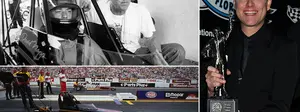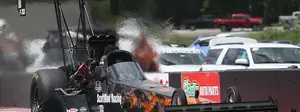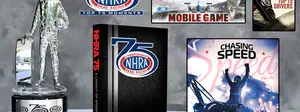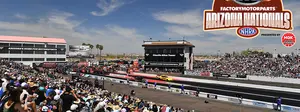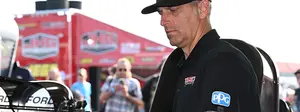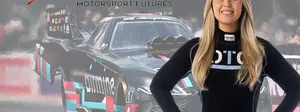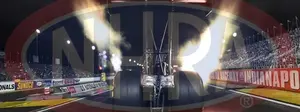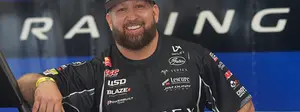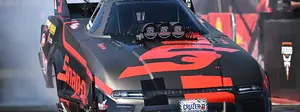

Pro Stock testing breakdown; one expert's opinion
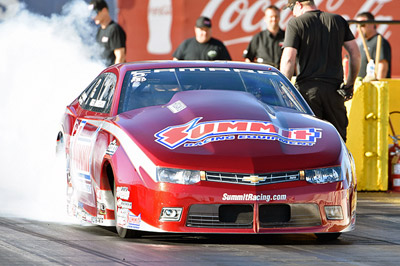
(Photos by Mike Fischbeck/VisionWebMedia)
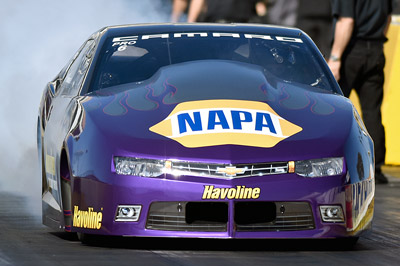

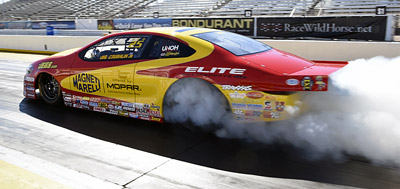

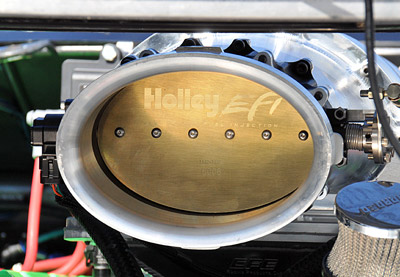
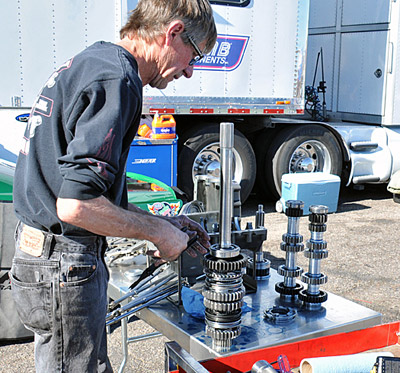
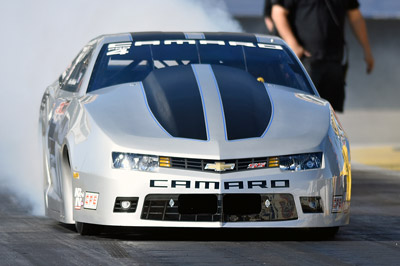
After two final days of testing in Phoenix, it’s pencils-down time for the Pro Stock teams as they prepare to get their first grades in their official debut with a new rules package at the Circle K NHRA Winternationals.
Seventeen Pro Stock teams tested at Wild Horse Pass Motorsports Park with the new configuration, which includes mandatory electronic fuel injection, a 10,500-rpm rev limiter, no hood scoops, and shortened wheelie bars in preparation for the season kickoff in Pomona. Lessons were learned, data was gained, and procedures were honed Monday and Tuesday of race week.
The Summit Racing Camaros of Greg Anderson and Jason Line both ran 6.60, as did Vincent Nobile in the Mountain View Tire/Elite Motorsports Camaro to lead the scorecard, with the rest of the pack, including reigning world champ Erica Enders and new teammate Jeg Coughlin Jr., just a few ticks slower in their new Dodge Darts. Almost all of the teams were able to run within a five-hundredths window of one another.
Early issues such as drivability during burnouts and launch are being worked out as the drivers and tuners refine their setups and procedures.
Fuel-injection expert Ben Strader, owner and CEO of EFI University, a company that specializes in fuel-injection education, has spent the winter under contract with the Elite Motorsports team and was in Phoenix to witness the class as a whole.
“The cars are getting more consistent, and it really looks like the teams are getting a handle of it,” said Strader. “I’d say that about 50 percent of the teams have worked out this ‘drivability’ issue, which was caused by a couple of issues. The first was a mechanical issue with the throttle plate, and the second an engine-calibration issue. The throttle plate itself is so large that there’s a very non-linear change in airflow from the throttle being closed to being slightly open. During a burnout, the driver is using maybe 20-25 percent of the total throttle opening, much like the Top Fuel cars. When they go to stage and want to set the line-loc with maybe 5-6 percent of throttle angle, it only takes 10-15 percent movement at that low rpm to give the engine 100 percent of its power capability, so throttle travel has been tricky. The calibration issue has been creating an area where the engine can respond appropriately to that driver input.
“Obviously, as the car goes downtrack and rpm goes up, the engine has more air demand and it’s not as big of an issue, but if a driver was to ‘floor it’ right away, the engine will go right up on the rev limiter right away. It’s probably not going to hurt the engine, but it definitely will break the driver’s concentration. Most fans probably won’t be able to tell the difference, but it’s been an issue for some drivers. I wasn’t surprised at all that world-class drivers like Erica and Jeg figured it out right away, and I was very impressed with how quickly Drew Skillman caught on.”
While no teams are willing to put a fine point to it, it’s estimated that the engines are down anywhere from 40 to 75 horsepower over their 2015 peak, which is why speeds were in the 208-210 range instead of 214-215. The Chevy engines seem to run a little better than the Dodges so far, but as the Elite team gets more development time with the new-to-them Dodges, that window will shrink. In the meantime, they’ll have the trademark quick reaction times of Enders and Coughlin to bridge that gap.
“I wouldn’t put a whole lot of stock into what the numbers were because it was testing and different teams had different goals,” Strader cautioned. “I think we might have only seen 85-90 percent of what the teams are capable of running in Pomona, and I know some teams were shutting off early because we’ve been more interested in the short numbers [330- and 660-foot times], but depending on the weather, we should see some improvements in Pomona.”
Strader estimates that it might not be until midseason that the teams are able to recoup the horsepower losses and begin to approach 2015 performance levels, the holdback being the new rpm level more so than the new fuel-injection setups.
“It’s a math problem,” said Strader. “The teams don’t have the gear ratios to do what they want to do, which is why almost all of the teams have spent a lot of time and runs experimenting with both transmission and rear-end gear ratios looking for that optimum setup. In my opinion, the EFI part is worked out so it’s all about how do we get the cars to run more mph, which means making more torque at a lower rpm to support the gear ratios.”

























